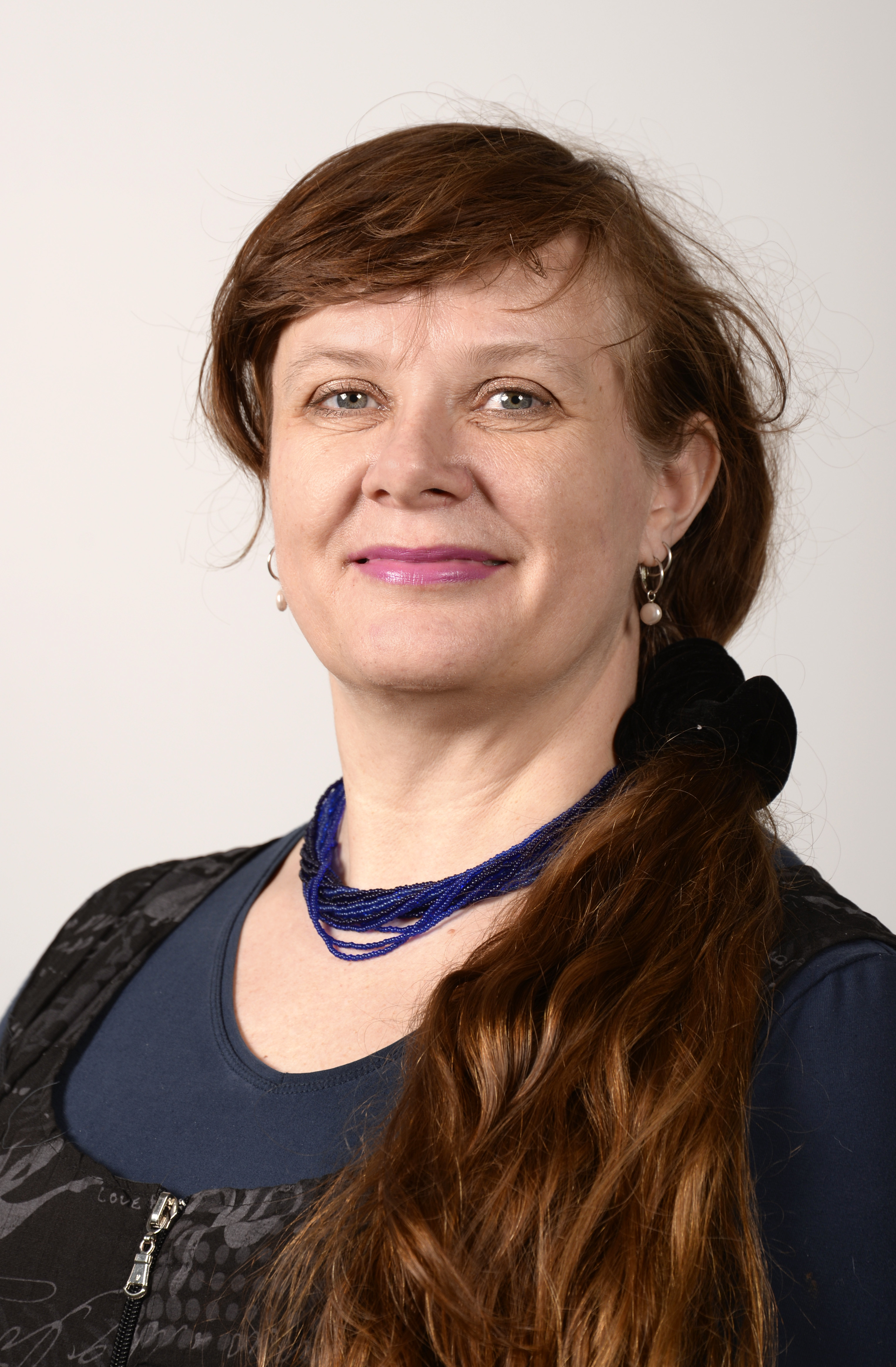Optimal care?
Imagine you are 75 and have five life threatening disorders. You need to regularly visit five different specialists for controls. None of these specialists talk to each other. You take 20 pills a day that make you nauseous and unwell, and they often come up again as fast as they went down. And a third of the time the medicines are without effect.

People that suffer from multiple chronic diseases simultaneously experience that the quality of the health service they receive is fragmented, impersonal, ineffective and expensive. That is the system today, doesn't take in consideration that a person can have multiple disorders simultaneously.
The norwegian centre for e-health research has together with Sintef and more worked on a solid application to an important lighthouse project (OPTIMAL) that will increase the quality of the health care for this group. The goal with OPTIMAL is to develop a patient centered health service that will bring the real resources in the right place at the right time with real information and decision support.

- The key to these changes is an ICT-tool that let both the patient and all the treaters access the same information concerning the patient, Gro Berntsen explains, Chief researcher at the Norwegian centre for e-health research.
- The members in the patient's team, the patient included, cooperate on health goals, treatment plan, activities and coordination. Through distance monitoring can patients with unstable conditions quickly receive help when the disorder makes them worse. The idea is to come while there is still time to do the things that can prevent a clinical critical development.
Facts about OPTIMAL:
The lighthouse project OPTIMAL will fuse the e-health and the «regular» healthcare in two Living Labs with up to 400 patients. Experts from fields like health information, biosensors, health data analysis, security, socio- technical design, health service research, health economy, law, ethics and business development.
The budget is 244 million NOK over five years.
Partners: seven research institutes, eleven companies, five health service owners (municipalities and hospitals) and four patient organizations.
The norwegian centre for e-health research
Sintef
Norges tekniske og naturvitenskapelige universitet
UiT- Norges arktiske university
Københavns Universitet
University hospital Northern Norway
Oslo university hospital
St Olavs hospital
Helse Nord RHF
Helse Midt-Norge RHF
ITACA
Trondheim municipality
Tromsø municipality
Harstad municipality
Cerner Norge AS
CheckWare
DIPS ASA
Furst Nat AS
IBM-health analytics
IBM Norge
IMATIS AS
Invenia AS
MedRave Software AS
NorInnova Technology Transfer AS
OpenEHR
TellU AS
Kreftforeningen
Diabetesforeningen
Landsforeningen for hjerte- og lungesyke
FFO
And many international organizations and individuals.